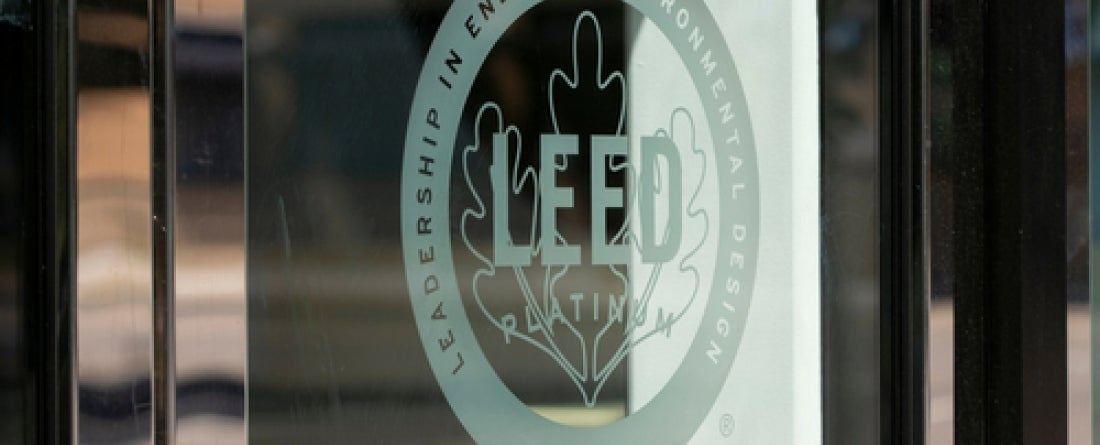
Abstract: The LEED rating system awards credits for a variety of criteria, including water efficiency. LEED certification indicates that the building is designed to conserve water. Given freshwater supply shortages and sustainable goals, the purpose of this paper is to investigate whether LEED buildings suffer from the water performance gap. The water performance gap is the difference between planned and actual water savings. Compared with previous studies, we analyze a substantially larger sample of 10,557 buildings in six U.S. cities covering 162 million square meters; 354 of those buildings are LEED certified. In particular, we focus on three types of buildings: offices, K-12 schools, and multifamily housing. First, we identify comparable non-LEED buildings with propensity score matching. Second, we apply weighted regression to estimate the effect of LEED certification on water savings using matched samples. Statistical analysis indicates no significant differences in water consumption between LEED and non-LEED buildings. LEED-certified buildings use no less water than non-LEED buildings, suggesting a water performance gap for LEED buildings. A 10-fold cross-validation method has been applied to validate the generalization accuracy of the established models. Based on our results, we propose that LEED system should secure more points for water efficiency and apply weights based on local conditions and building attributes. Moreover, the government should incentivize facility managers to reduce technology failure, promote long-term monitoring, and raise public awareness regarding water conservation.
